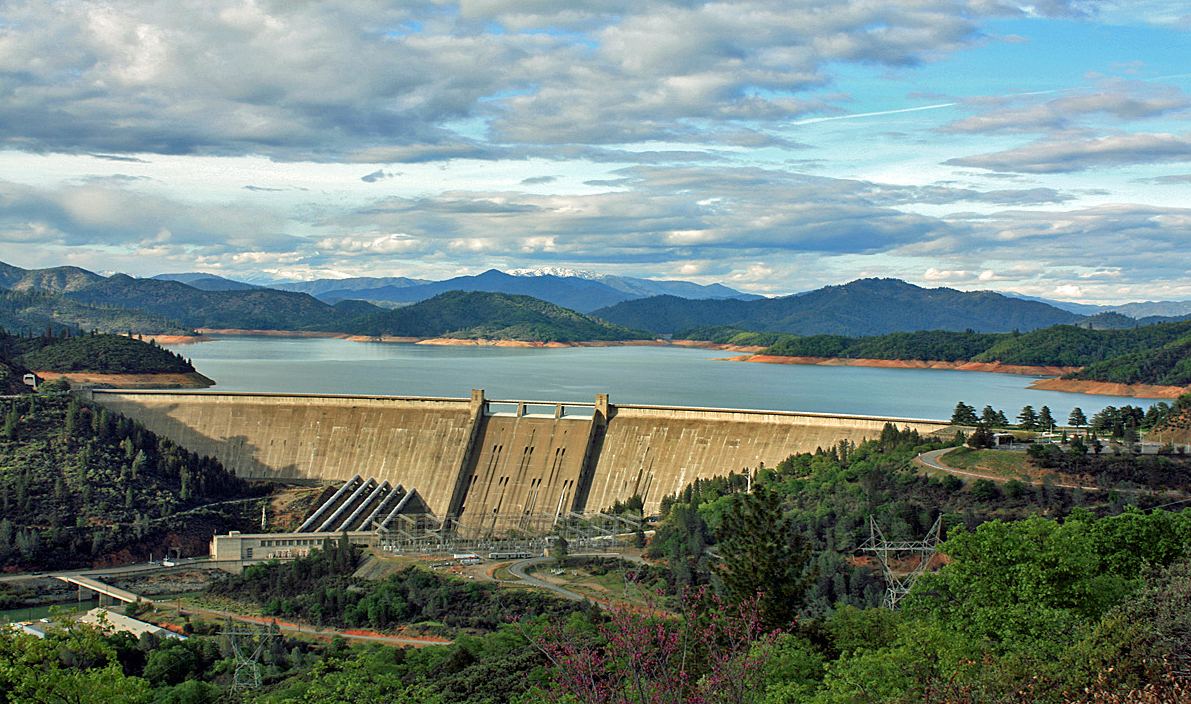California’s water crisis is a multifaceted problem that has reached a critical point, particularly for the state’s agricultural sector.
Despite reservoirs being full and a favorable hydrologic year marked by substantial rain and snowpack, the mismanagement of surface water and water infrastructure has led to alarmingly low water allocations for farmers.
The Central Valley Project (CVP), a federal water management project in California, plays a crucial role in delivering water to the state’s agricultural heartland. However, despite the abundance of water this year, the CVP’s water allocation for agriculture remains critically low.
According to General Manager Allison Febbo of the Westlands Water District, the allocation stands at a mere 40% of the total water contract, which is unjustifiably low considering the full reservoirs and decent precipitation levels.
Multiple factors contribute to this mismanagement. Regulatory restrictions aimed at protecting endangered species, such as steelhead in the Delta, have imposed severe limitations on water allocations even though steelhead were abundant and in many cases hatchery-raised.
Additionally, accounting errors by the U.S. Bureau of Reclamation (USBR) and the California Department of Water Resources (DWR), coupled with apparent policy changes not communicated to contractors, have exacerbated the problem.
This ultra-conservative approach to water allocation fails to reflect the actual water availability and undermines the state’s agricultural productivity.
The consequences of this mismanagement are dire for California’s farmers. Agriculture is not only a significant part of the state’s economy but also vital to the nation’s food security. Farmers in the Central Valley, which produces a substantial portion of the country’s fruits, vegetables, and nuts, are struggling to sustain their crops with insufficient water supplies. The low water allocations have forced many to fallow fields, reduce planting, and even abandon crops, leading to economic losses and potential food shortages.
Water Districts have pointed out the incongruence between the current water supply conditions and the low allocation. Despite a promising water year, the allocation remains below 50 percent, which is inadequate to meet the needs of farmers.
This disconnect between water availability and allocation highlights the urgent need for a more transparent, reasonable and data-driven approach to water management.
The link between water supply management and food security cannot be overstated.
As many have been emphasizing, the meager allocations threaten not only the agricultural community but also the broader goal of maintaining a stable food supply for the nation.
If current trends continue, the United States will increasingly rely on foreign imports to meet its food needs, which poses significant risks to food security, safety and economic stability.
To address the mismanagement of California’s water resources, several policy changes and advocacy efforts are necessary. First and foremost, there must be a shift towards developing a better understanding of the fisheries that the regulating agencies are trying to protect along with rigorous adaptive management of the Delta. This approach involves using real-time data and sound scientific analysis to make more flexible and responsive water management decisions. By doing so, water allocations can better match actual conditions, ensuring that farmers receive the water they need without compromising environmental protections.
Moreover, improving transparency and accountability in water management is crucial. The regulating agencies must collaborate more effectively with agricultural stakeholders to develop fair and predictable water allocation policies. This includes clear communication about policy changes and timely updates on water availability.
Investing in water infrastructure is another essential step. Modernizing the state’s water delivery systems can help reduce losses and improve efficiency. This includes repairing aging infrastructure, implementing advanced technologies, dredging flood release channels, and exploring new water storage and conveyance solutions.
Last week, I had the opportunity to visit Capitol Hill and discuss these pressing water issues with lawmakers and stakeholders. It became evident that there is a growing awareness of the need for more effective water management policies. I felt obligated to communicate these critical points to a broader audience to foster a more informed and active dialogue on solutions.
California’s water crisis, exacerbated by the mismanagement of surface water and infrastructure, poses a significant threat to the state’s agriculture and the nation’s food security.
Despite favorable hydrologic conditions, farmers are grappling with inadequate water supplies due to regulatory restrictions, bureaucratic inefficiencies, and policies that care more about politics. Addressing these issues requires a concerted effort to implement adaptive management strategies, enhance transparency, invest in infrastructure improvements and being even-handed.
By taking these steps, California can ensure a more sustainable and secure water future for its agricultural communities and beyond.











